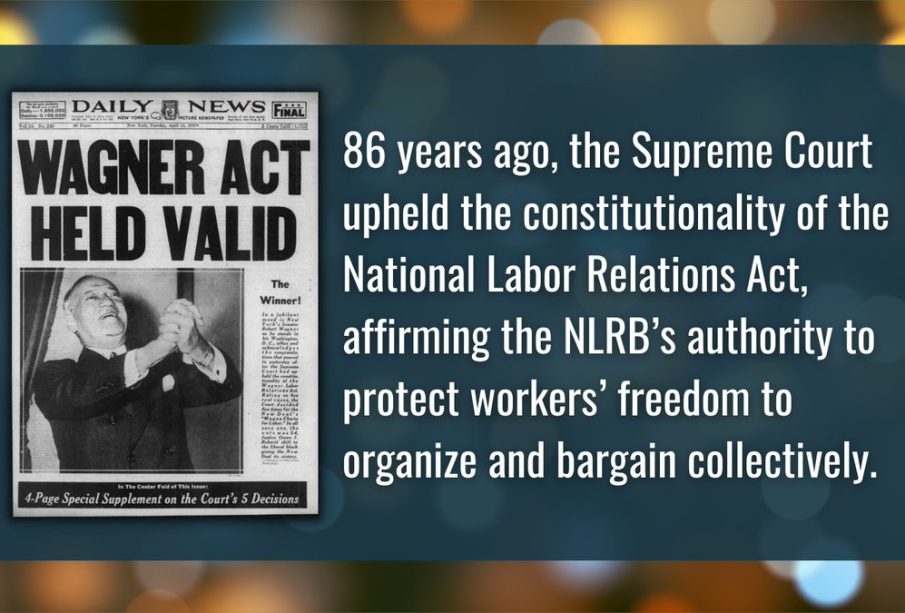The National Labor Relations Board (NLRB): Protecting Workers’ Rights

Introduction
The National Labor Relations Board (NLRB) plays a crucial role in shaping the landscape of employee rights and labour relations in the United States. Established in 1935 under the National Labor Relations Act, the NLRB is an independent federal agency responsible for enforcing laws governing collective bargaining and unfair labour practices. As union membership and workplace representation remain hot topics, understanding the NLRB’s functions and its relevance to today’s workforce is more important than ever.
Recent Developments
In recent months, the NLRB has made headlines due to a surge in union organising efforts across various sectors, particularly in the wake of the COVID-19 pandemic. According to reports, the NLRB has seen a significant increase in election petitions, with unionisation efforts rising by over 50% in 2022 compared to previous years.
In October 2023, the NLRB announced a landmark ruling that would affect the way labour unions can engage in campaigning efforts. This ruling increased protections for workers attempting to organise, ensuring that employers cannot interfere with employee rights to discuss unionisation in the workplace. This decision has been celebrated by many in the labour movement as a step forward in empowering workers to advocate for their rights.
Impact on Workers and Employers
The actions and decisions taken by the NLRB have far-reaching implications for both workers and employers. For employees, the NLRB provides a necessary platform to address grievances related to unfair practices and aids in the protection of their rights to organise. As the economic landscape continues to shift, the NLRB’s role in supporting workers has gained momentum, evidenced by the growing number of successful unionisation campaigns across various industries.
Conversely, employers are tasked with navigating the complex terrain of labour relations, particularly in light of recent rulings. Companies are advised to ensure compliance with NLRB guidelines to avoid potential legal challenges. The agency’s increasing assertiveness signals that employers must prioritise fair labour practices and foster an inclusive workplace environment to mitigate risks of unfair labour complaints.
Conclusion
The National Labor Relations Board remains a vital institution in the ongoing dialogue surrounding workers’ rights and labour relations in the United States. With rising unionisation efforts and a heightened focus on employee advocacy, the relevance of the NLRB is underscored in the current socio-economic climate. As worker representation continues to evolve, both employees and employers must stay informed of the NLRB’s actions and rulings, as these will inevitably shape the future of workplace rights and relations.









